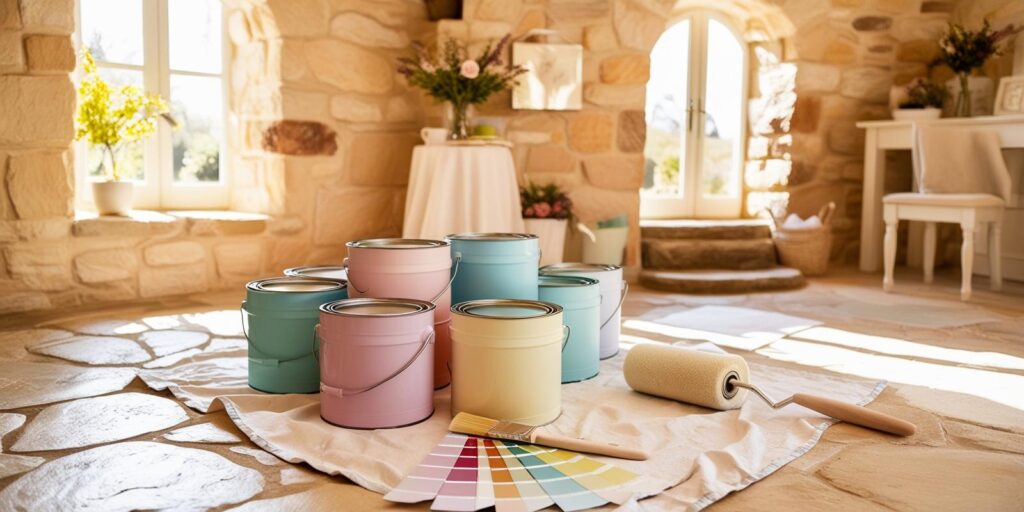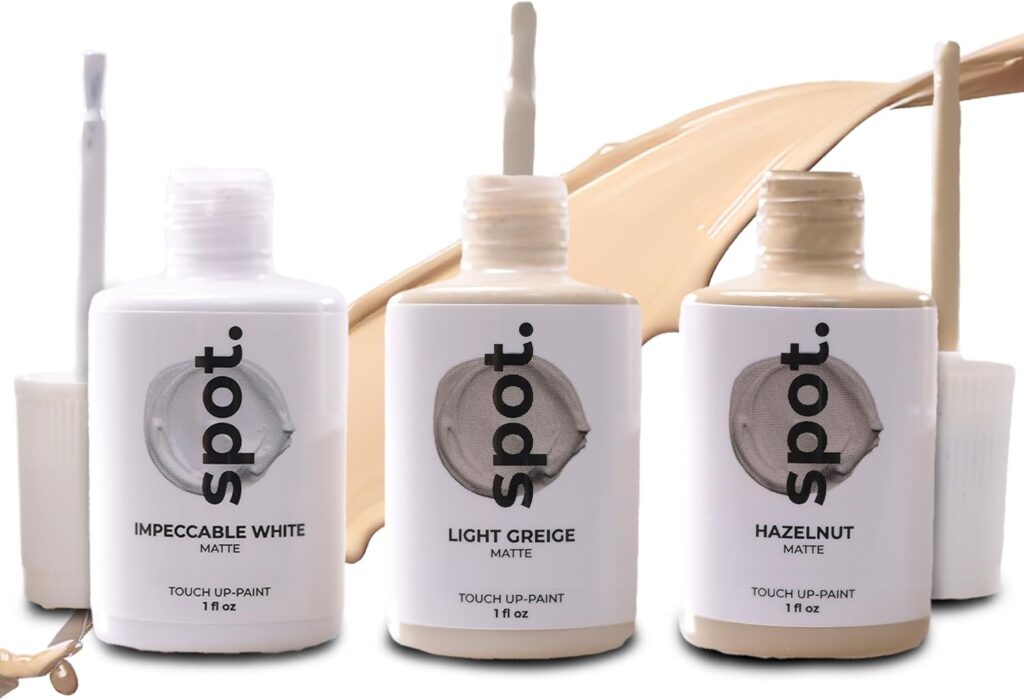When it comes to DIY projects, choosing the right paint can make or break your results. Picture this: you’ve spent hours transforming an old chair into a showstopper, only to have the paint peel after a week. Frustrating, right? That’s why understanding how to choose the right paint for your DIY project is crucial.
Whether you’re sprucing up furniture, creating wall art, or repainting a room, the right paint ensures durability, a professional look, and, most importantly, satisfaction. Let’s explore easy, affordable, and beginner-friendly tips to help you pick the perfect paint for your next DIY adventure!
Table of Contents
Why Choosing the Right Paint Matters
Paint isn’t just about color; it’s about performance, too. Using the wrong type of paint can lead to flaking, peeling, or a finish that doesn’t match your vision. Here’s why the right paint is essential:
- Durability: Some paints are designed to handle wear and tear, while others are more delicate.
- Ease of Use: Beginners benefit from paints that are forgiving and simple to apply.
- Cost-Effectiveness: The right paint means fewer touch-ups and better long-term results.

Types of Paint for DIY Projects
Before you dive into painting, it’s vital to understand the different types of paint and their uses.
1. Latex vs. Oil-Based Paints
- Latex Paint: Water-based, quick-drying, and easy to clean up. Great for walls and low-traffic furniture pieces.
- Oil-Based Paint: Offers a smooth, durable finish but takes longer to dry and requires solvents for cleanup. Ideal for trim and high-traffic furniture.
2. Specialty Paints for Unique Projects
- Chalk Paint: Perfect for giving furniture a rustic, matte look. Easy to use and doesn’t require priming.
- Acrylic Paint: Great for smaller craft projects and versatile enough for various surfaces.
- Spray Paint: Provides a smooth, even finish, especially on items with intricate details like lamp bases or picture frames.
How Surface and Location Affect Paint Choices
Not all paint is created equal, especially when it comes to different surfaces and locations.
1. Indoor vs. Outdoor Projects
- Indoor Paint: Prioritize paints with low VOCs (volatile organic compounds) for better air quality.
- Outdoor Paint: Look for weather-resistant and UV-stable options to withstand the elements.

2. Smooth vs. Textured Surfaces
- Smooth surfaces may require a primer for better adhesion.
- Textured surfaces benefit from paints designed for porous materials, like masonry paint for bricks.
Choosing the Right Paint Finish for Your DIY Project
Paint finishes can drastically change the look of your project. Here’s how to choose the right one:
1. Glossy Finishes
- Reflective and easy to clean.
- Ideal for high-traffic areas like kitchen cabinets or doors.
2. Matte Finishes
- Hides imperfections and offers a smooth, non-reflective look.
- Great for walls and furniture in low-traffic areas.
3. Satin Finishes
- A balance between durability and subtle shine.
- Perfect for furniture and trim in moderate-use areas.
Budget-Friendly Tips for Paint Selection
DIY projects don’t have to break the bank. Here are some tips to choose affordable paint without sacrificing quality:
1. Look for Sales and Sample Sizes
- Many stores offer discounts on discontinued colors or sample pots.
- Test small pots before committing to a large purchase.
2. Reuse and Repurpose Leftover Paint
- Combine leftover paints to create custom colors.
- Use leftover paint for smaller projects like picture frames or planters.
3. Invest in Quality Where It Counts
- Spend a little extra on high-traffic areas like doors or cabinets for better longevity.
- Save on less critical projects like wall art or decorative items.
Fun and Easy DIY Paint Hacks for Beginners
Painting should be a fun and stress-free process. Here are some beginner-friendly hacks to simplify your project:
1. Use the Right Tools
- Brushes: Great for detailed work and edges.
- Rollers: Perfect for covering large, flat areas quickly.
- Sponges: Useful for blending or creating unique textures.
2. Prep Like a Pro
- Clean surfaces thoroughly to remove dust and grease.
- Use painter’s tape to ensure clean, sharp lines.
3. Practice Before You Commit
- Test your chosen paint on a small, hidden area or scrap material.
- Experiment with different tools and techniques to build confidence.
Step-by-Step Guide: Choosing the Right Paint for Your DIY Project
- Define Your Project: Decide if you’re painting furniture, walls, or crafts.
- Choose the Type of Paint: Match the paint type to your surface and location (e.g., indoor latex for walls, outdoor oil-based for patio furniture).
- Pick a Finish: Glossy for durability, matte for elegance, or satin for balance.
- Consider Budget-Friendly Options: Look for discounts, sample sizes, or repurpose leftover paint.
- Gather Tools: Select the right brushes, rollers, or sponges for your project.
Conclusion: Master How to Choose the Right Paint for Your DIY Project
Choosing the right paint for your DIY project is a skill that every beginner can master with a little guidance. The right paint ensures your project is fun, easy, affordable, and gratifying. By understanding paint types, finishes, and surface needs, you can create stunning DIY masterpieces that last.
Ready to get started? Grab your brushes, pick the perfect paint, and let your creativity shine. Don’t forget to share your results in the comments below or tag us in your DIY transformations!
Related Articles:





